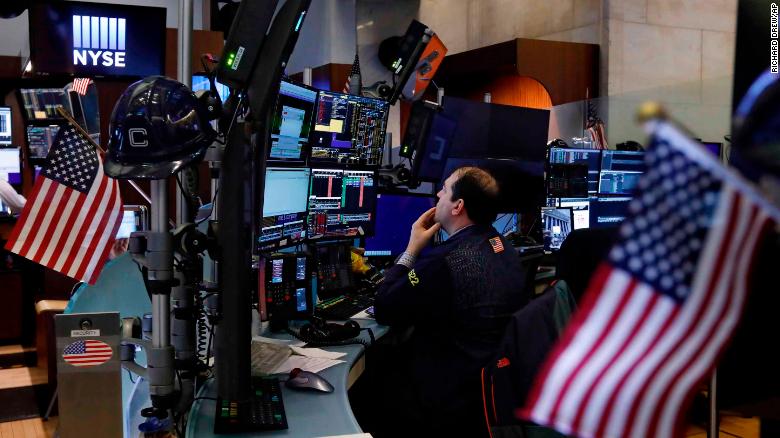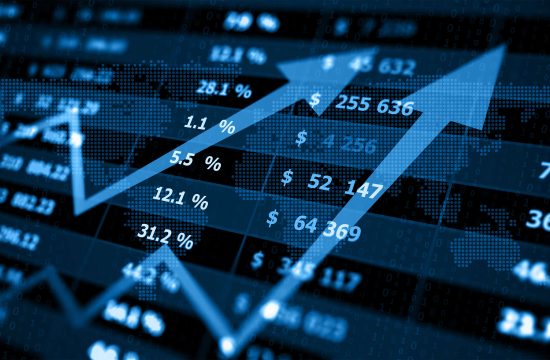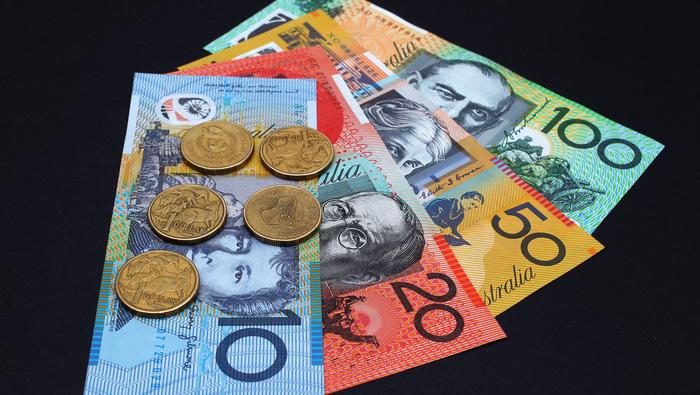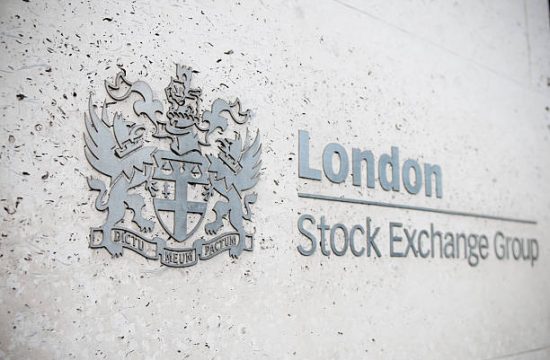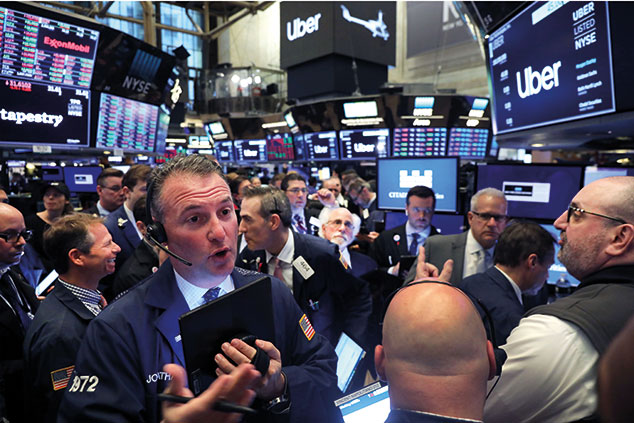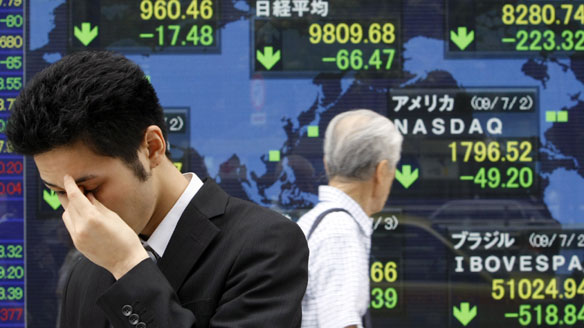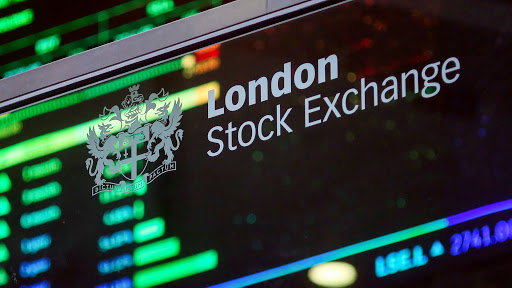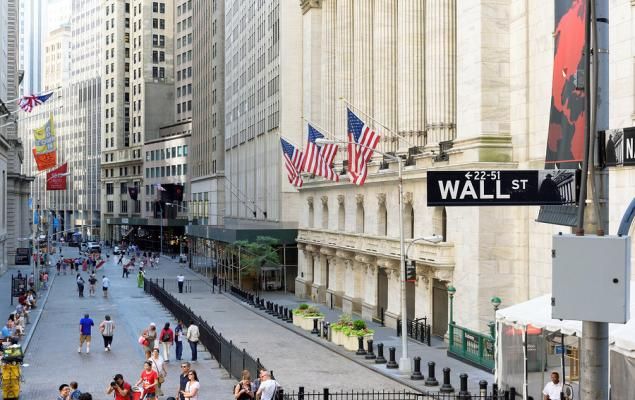By: Alistair Schultz – Chief Market Analyst
2020-04-15 14:32:53
From the onset of the COVID-19 pandemic, the feeling in the air has been different from previous crises globally. The media’s attention alone has driven the fear of infection up dramatically, while the fear of infection is somewhat justified; the economic fallout is something far scarier.
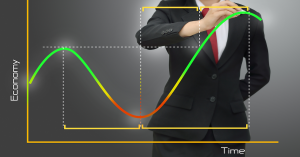
The notion of a V-shaped recovery was speculated on in the early months of the outbreak, with many analysts, wall street, and even banking institutions downplaying the economic impact of the virus. In my eyes, it was simply the art of jawboning; several well-reputed analysts from a variety of institutions have been pushing the notion that the bounce back will be a glorious event. I can’t say how they truly came to a v-shaped recovery conclusion that goes against what the International Monetary Fund is expecting in terms of economic fallout.
Just this week, the IMF has stated that they are expecting a lockdown-based recession that could rival the great depression globally. I am one to take everything with a grain of salt, but when the modelling out of the central bank of central banks says we are in trouble, I tend to take note of what they are expecting.
Regardless of what the IMF has said, the data across the globe is abysmally poor, and while not all data is available just yet; there are several elements, we can start looking at now to put into our considerations.
The Great Depression in the US:
- A Peak Unemployment figure of 24.9% reached in 1933, just four years earlier unemployment was 3.2%.
- Gross Domestic Product at its worse in the depression contracted by 8.5% in 1930, the next year 6.5%, and the year after that 12.9%.
- In 1931 it took the Dow Jones just over a month to tank 30%.
- Stimulus came from new banking policies and the creation of social security in the US, effectively pumping money into the economy, much like quantitative easing.
How does looking at what happened in the Great Depression compare to now?
US Unemployment at the beginning of this year was 3.5%, Non-Farm Payroll data stopped short of the critical numbers. This NFP will incorporate a 3.28 million jump in unemployment claims along with the preceding two weeks of 6.6m each, bringing the total so far to 16.48m unemployment claims since the 14th of March 2020. With two weeks still to go on the data collection for the next NFP figures, it’s not looking healthy. Regardless of economic relief, unemployed individuals still remain in circulation.
Morgan Stanley, Goldman Sachs, the FED, and TsySec Steve Mnuchin have all estimated drops in the Gross Domestic Product of more than 14%, with the most extreme being 50%. These figures are all just for the first quarter of 2020, not the entire year.
On stocks, we have already seen the Dow Jones drop 24.5%, we have also seen the S&P 500 drop 34%, the S&P a little harder to compare as in the great depression it didn’t exist. Some of you may be saying right about now, “that’s all well, but Alistair, stocks a rising and recovering.” You are exactly right no argument from me stocks are rising, but and there is a but, in the last 14 bear markets we have seen a major drop in the S&P and the DJ, then a run back up of 15% or greater, before the inevitable drop of 30% occurred.
In terms of stimulus, we are seeing the most extensive package ever delivered by the US, with the first of them at 2.3 Trillion going directly to those recently laid off and small businesses.
When the likes of Moody’s, The IMF, The FED, Morgan Stanley, Goldman Sachs, and KPMG, are saying this is not going to be a V-Shaped Recovery, then I take note of what might be to come.


